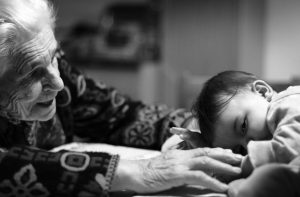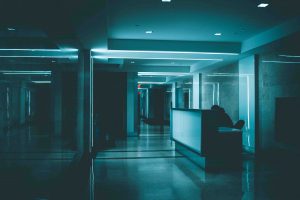 When we think about nursing home abuse and neglect in San Clemente, we often think about the role that healthcare providers and nursing facility staff members play in perpetrating elder abuse or failing to take proper care of an elderly loved one. While elder abuse certainly occurs in nursing home settings due to abuse and neglect perpetrated by employees of the facility, it is also important to keep in mind that many elder abuse injuries occur because of a family member’s behavior. According to a recent study reported in Physician’s Weekly, elder abuse is perpetrated most often by family members—both family members who serve as caregivers and family members who otherwise have regular contact with seniors.
When we think about nursing home abuse and neglect in San Clemente, we often think about the role that healthcare providers and nursing facility staff members play in perpetrating elder abuse or failing to take proper care of an elderly loved one. While elder abuse certainly occurs in nursing home settings due to abuse and neglect perpetrated by employees of the facility, it is also important to keep in mind that many elder abuse injuries occur because of a family member’s behavior. According to a recent study reported in Physician’s Weekly, elder abuse is perpetrated most often by family members—both family members who serve as caregivers and family members who otherwise have regular contact with seniors.
Elder Abuse and Family Members: What the Recent Study Says
The recent study on elder abuse sought to determine what type of person is most commonly responsible for perpetrating abuse. The study was conducted by a team of researchers led by Dr. Gali H. Weissberger at the University of Southern California in Alhambra, and it was published in the Journal of Applied Gerontology. Dr. Weissberger and the other researchers relied on data from the National Center on Elder Abuse (NCEA) resource line from 2014 through 2017. The analyzed nearly 2,000 calls that came into the resource line, concluding that “42.2% involved alleged abuse,” and in nearly 47% of those cases involving abuse, “the most commonly identified perpetrators were family members.”
 Southern California Nursing Home Abuse Lawyer Blog
Southern California Nursing Home Abuse Lawyer Blog




















